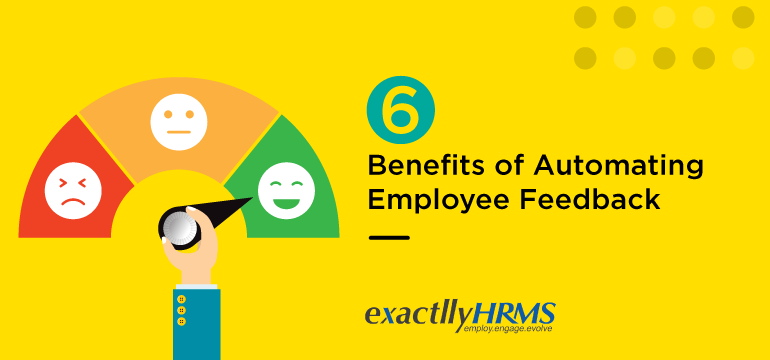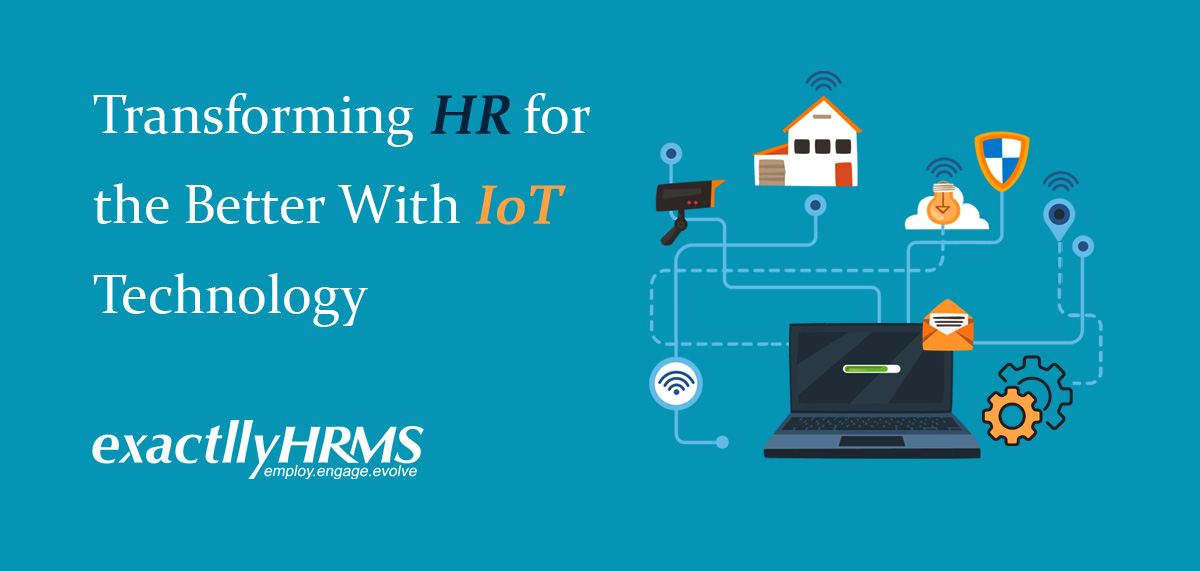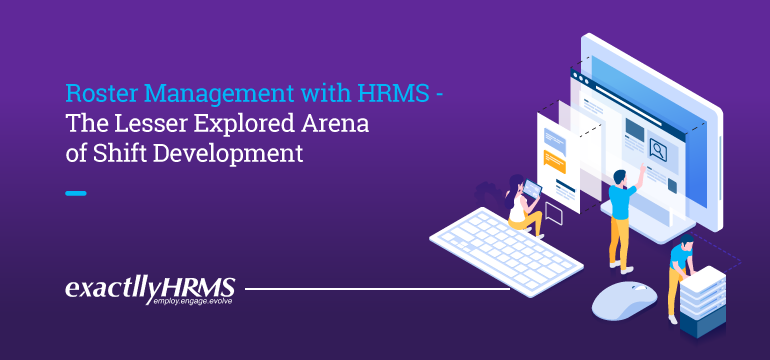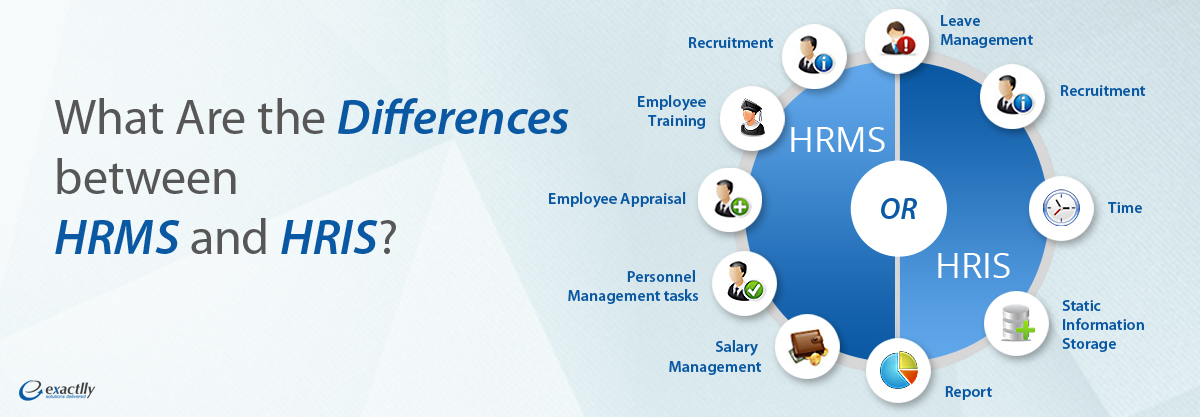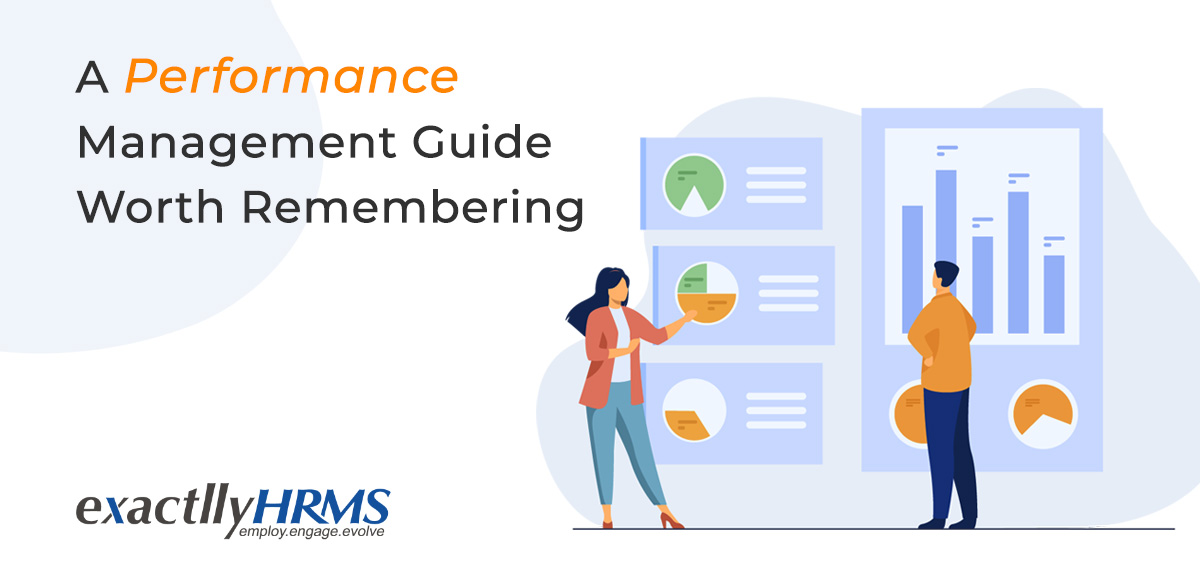Quick Ways to Implement Training Management System in Your HRMS
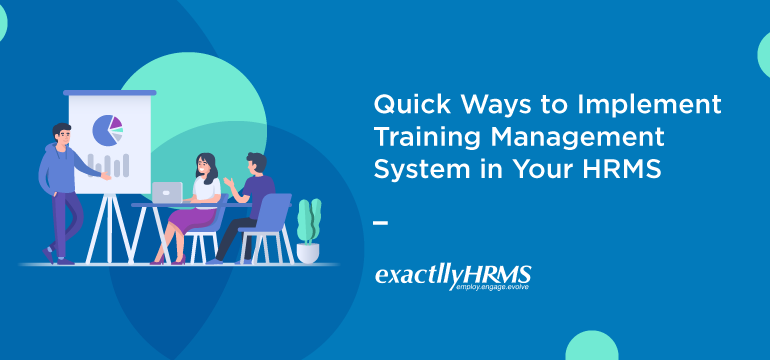
Training is a crucial aspect of managing employees and without a systematic approach towards helping your employees learn new skills, it is not easy to achieve the results you are looking for. A Training Management System, also known as a Learning Management System, systematizes every aspect of training. It helps you manage, organize, track and report training data that otherwise takes a lot of effort manually. While specialized HRMS tools often come with Learning Management Systems, not every HRMS is equipped to handle training or learning. To implement Training Management System across your organization for your employees, there are a few things you need to do.
To begin with, start with these steps:
1. Assess what your Training Requirements are:
Training requirements can vary widely between organizations and even within an organization. IT is important to audit training requirements before considering a Training Management System. Assess what skills your employees lack and what you wish to train them on. Quantitatively leasable skills are different from qualitative ones, and they require a different approach. For example, soft skills cannot be measured quantitatively unless there is human intervention. However, soft skills training can be managed and tracked by an LMS. Most likely, you will benefit from a combination of predetermined training modules and a human-based approach if your training requirements pertain to soft skills. If your requirements are more technical in nature, an LMS can replace classroom learning almost entirely.
Ask these questions:
- What are our training requirements?
- What do our employees lack?
- How do we plan to fill the skills gap?
2. Check your Infrastructure Capacity:
Implementing an LMS before assessing your infrastructure may cause unnecessary delays and extra expenditure, which can be avoided via careful planning. Certain training programs may require additional infrastructures such as simulation and specialized hardware. These solely depend on the kind of training you seek to deliver to your employees. Before investing or implementing a Learning Management System, make sure to audit all your infrastructure to make sure that you have the necessary infrastructure. Specialized training modules may require additional software programs as well, many of which are licensed. Consulting with an HRMS specialist that is well-versed with learning management tools is a good idea as you will receive a comprehensive opinion best suited for your individual organizational requirements.
Ask yourself these questions:
- Do we have the necessary hardware?
- Do we need to invest in new software programs?
- Do we know what we need technically?
3. Evaluate your Existing HRMS:
It is quite possible that your existing HRMS has learning management capability already. Many organizations invest in advanced HRMS tools but rarely use them to their full capacity. If this is the case, you don’t have to invest in a new learning management tool. Instead, you can customize your existing HRMS to suit your training requirements. If your HRMS requires certain specialized programs for it to be able to deliver training to your employees, that can easily be done. In most cases, modern HRMS tools are more than enough to render training. If your HRMS lacks in capabilities to render top-notch training, it makes sense to invest in a new and optimized training management solution that can fill existing gaps.
Questions to ask:
- How does my existing HRMS fare?
- Does it have a suitable learning management module?
- Can my existing HRMS be customized to deliver training?
4. Integrate new LMS if Necessary:
Most of the time, existing HRMS training modules can be customized to suit your training requirements. However, if your requirements are specialized, a newer and more modern tool may be required. Thankfully, even standalone learning management tools can be integrated with existing HRMS tools so that you don’t have to work with two different tools. Many organizations resist the idea of having to work with multiple interfaces and handle large amounts of resulting duplicate data. Integrating your new LMS with your existing HRMS is the perfect solution for this seemingly bothersome issue. Integration can streamline your training goals and help you achieve results sooner than you might imagine. Surveys indicate that integration helps businesses to reduce data clutter and become more agile in the long term.
Questions you need to ask:
- Do I need a new LMS?
- Should I integrate my new LMS with my HRMS?
- How do I start integrating newer tools with my HRMS?
Make sure to Partner with the Right Organization:
Training your employees is an important aspect of managing your employees’ productivity. However, it is important to assess your requirements and put a system in place that helps employees to track and manage their own learning goals. Make sure to assess your existing infrastructure and invest in new hardware if necessary. It is quite possible that your existing HRMS already has a training management module that can be customized to your needs. If it does not, integrating a standalone Learning Management System into your HRMS is a proven strategy. However, for you to achieve success and reach your training goals, you need to partner with the right vendor who can advise you whether you need to customize an existing HRMS or integrate a new Learning Management System. Wants to know more about exactllyHRMS? Feel free to Contact Us and get a Free Demo.

